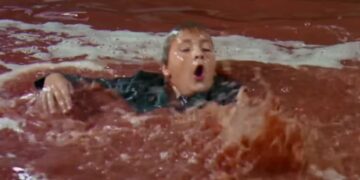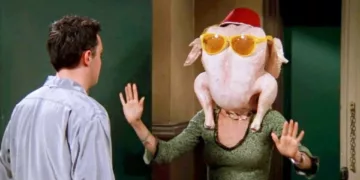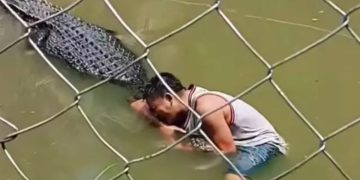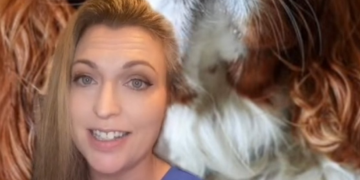Although fake news sources have been on the internet for about as long as it’s existed, the way that social media has allowed it to spread has had some far-reaching implications in recent years.
The way that false stories can influence public opinion and stay entrenched in the minds of its believers has been linked to matters as serious as election results and public health crises.
Although it’s easier to recognize the damage that fake news can cause now that we’ve seen it, it’s important to ensure that future generations don’t fall into the same trap as ours did.
And so, it’s no surprise that education officials are starting to consider making this aspect of media literacy a part of regular curriculum.
Damian Hinds, an education secretary in the British government, has expressed the need for teachers to explain the dangers of fake news to their students.

As BBC Newsround reported , the Department of Education has also released guidelines for doing this, as well as additional guidelines to teach kids to recognize online threats and to seek support channels.
These guidelines come in response to concerns that children can now be exposed to enough fake news to distort their perception of reality.

As a result, there’s a danger of either not believing anything they read no matter how important it is or putting too much faith in something untrue that can cause real societal harm.
For instance, the more that vaccine misinformation convinces people not to get them, the greater the risk of infectious disease epidemics.
Speaking of misinformation, part of the proposed lesson guidelines involve learning the difference between this and disinformation.

As we see among anti-vax communities, misinformation involves spreading false information, but not necessarily doing so knowingly.
For instance, most anti-vaxxers seem to genuinely believe what they’re saying, but the information they’re spreading has still been repeatedly debunked.
Disinformation, on the other hand, concerns intentionally manufactured fake news.
![Image credit: Reddit | [deleted]](https://static.diply.com/WBVLnKywEy1N6Q97ywqW.jpg)
This brand of false information is more reminiscent of what, as The Guardian reported , was alleged to have spread throughout Facebook at the behest of Russian agents during the 2016 presidential election.
Of course, for such a curriculum to be effective, there must first be a definition for what fake news actually is.

In this case, it can concern a story that was fabricated out of whole cloth and contains no elements of truth whatsoever.
However, the Department of Education’s guidelines also recognize stories that are based on something real, but contain exaggerated or improperly fact-checked elements as fake news.
Although this is important curriculum, there’s still the matter of how to actually teach kids to recognize fake news.
As BBC Newsround reported , these lessons will start in 2020 and feature units on confirmation bias.
Students will not only learn that this concerns people judging news based on whether it closely reflects what they already believe, but also how that bias fuels the spread and persistence of fake news.
They will also be taught to evaluate who’s telling these stories they’re hearing and how they’re doing it.

More specifically, children will be taught about persuasion techniques that perpetrators of fake news often use to manipulate their audiences.
Ideally, this fake news curriculum will equip children to better evaluate the information they come across online.

Where they once may have believed what they’ve been told straight-up, they will soon have a wider variety of tools to judge the reliability of information and the sources providing it.
h/t: BBC Newsround

















































